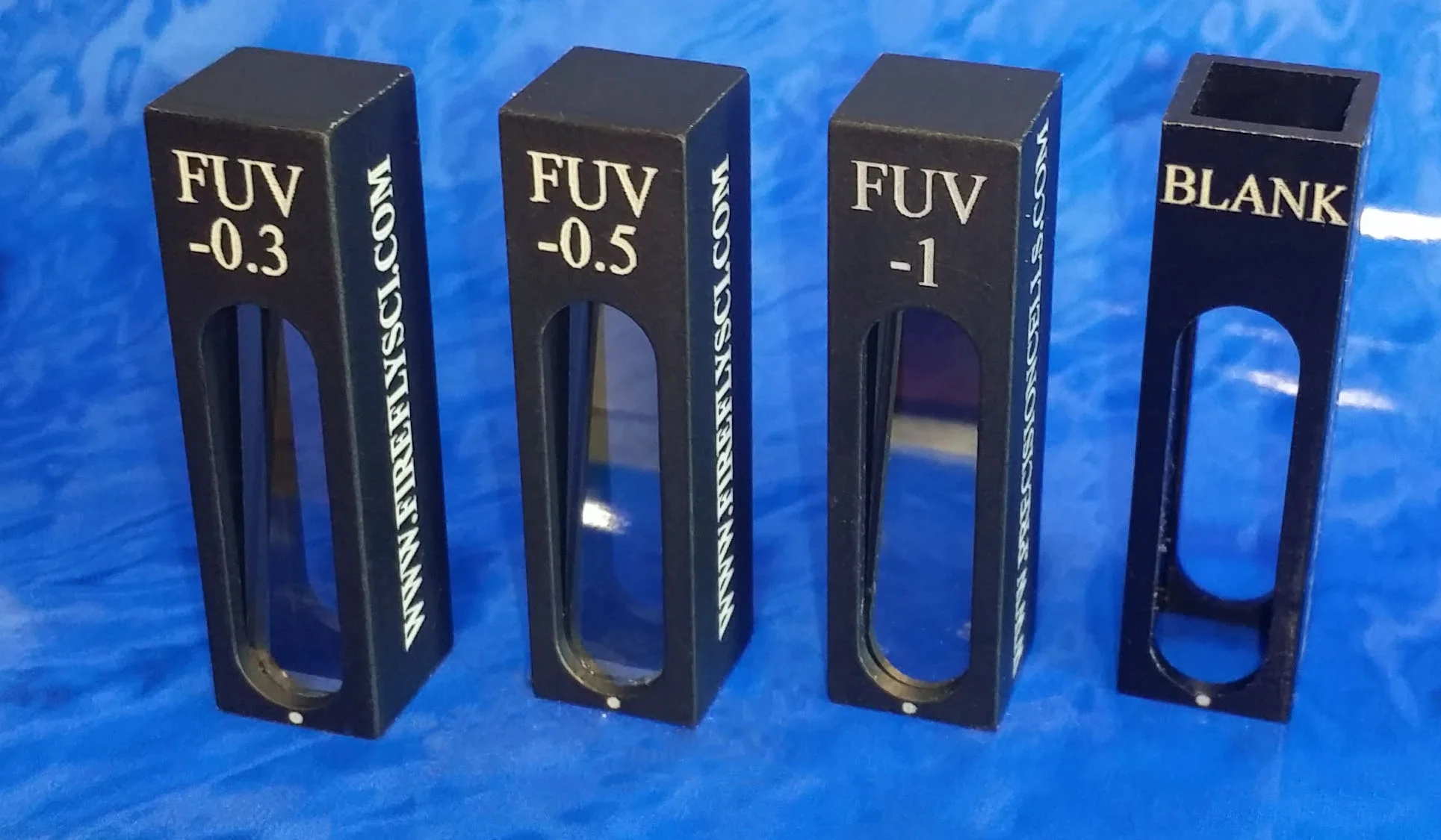How to Tell the Difference Between a Quartz and Glass Cuvette?
/Let’s start with taking a minute to think about the following scenario: Ah, time to start a job in a new lab. New procedures, new colleagues, new equipment and best of all new glass cuvettes to use! Wait but these cells are not marked… Is this a glass cuvette or a quartz cuvette?
We get calls like this all the time from people trying to identify the cuvette material that they are using. A lot of time the conversation goes something like this:
FFS: Hello, FireflySci
Researcher: Hello I just started at this new lab and I think I have a glass cuvette but there is no box or labeling on it.
FFS: Are there any markings on the cuvette?
Researcher: These cuvettes seem very old, so maybe it wore off.
FFS: No worries we can help you figure it out!
And that is exactly what this article is about. So let’s go over step by step on how to figure out how to identify what material a cuvette is made out of.
Now all cuvettes, except for plastic, look identical. By visually looking at a cuvette it is impossible to tell if the material is optical glass, UV quartz, or IR quartz. What we do here at FireflySci is we mark all the different materials directly on the cuvette. So if you order a glass cuvette from us, you will receive a cell marked “G” for optical glass or “P” for Pyrex glass. UV quartz cuvettes will be marked with a “UV” and IR cells will be marked with, big surprise here, “IR” letters.
How to Tell If You Have a Glass Cuvette
Ok so your cuvette has not letters, matching numbers, or any kind of identification marks. They best thing to do to see if it’s a quartz or glass cuvette is to pop it into your spectrophotometer and run a wavelength scan from 200-700 nm.
- If you see transmission start at 190 nm this is a UV quartz cuvette.
- If the transmission starts at 340 nm this is a glass cuvette.
- If transmission starts at 220 nm this is an IR quartz cuvette.
The Difference between Quartz and Glass Cuvettes
This is the absolute best way to determine what material an unknown cuvette is made out of. Other differences between quartz and glass cuvettes include the following:
- Transmission properties – as you can see from the information above quartz has a bigger transmission range than glass.
- Thermal Properties – A quartz material has a much higher melting point than glass.
- Chemical Compatibility – The chemical structure of quartz is stronger than glass making it able to handle a bigger range of chemicals that would melt or damage a glass cuvette.
- Modifications – Here is where glass cuvettes really shine. A pyrex cuvette is super easy to modify and make attachments to. Quartz cuvettes can be modified but is a much bigger process.
If you have any cuvettes on hand that you need help identifying, give us a call or you can send them to our lab for evaluation.
Here’s to your success!
The FireflySci Team
![firefly_logo_FINAL [Black].jpg](https://images.squarespace-cdn.com/content/v1/5411d5c0e4b02e1c8b27565a/1434491508803-XB4OF7YDY46Z72L5U5AP/firefly_logo_FINAL+%5BBlack%5D.jpg)






